I’m publishing a simple script I wrote a year or so ago to do automatic mysql backups with 7zip on a linux server. It is inspired by the original mysqlbackup script, in that it can rotate the databases on a daily/weekly etc. basis, but it also provides stuff like exporting to an ftp server, or simpler backups. It isn’t completely polished, so any forks/tips are welcome!
I’ve made a permanent page here with a download link and some more about it.
#!/usr/bin/python
#################################
# created by Alex Knaust 06/2011
#################################
# mysql login credentials
MYSQL_USERNAME = ''
MYSQL_PASSWORD = ''
MYSQL_HOST = 'localhost'
MYSQL_PORT = 3306
# directory that directories (daily, weekly, monthly, etc.) will be created in
BACKUP_DIR = '/backup/mysql'
# filename pattern to archive files as, will be formatted with datetime.strftime
FILENAME_PATTERN='%d-%m-%Y_database-dump.7z'
# arguments for the p7zip program
P7ZIP_ARGS = '-t7z -bd -m0=LZMA2 -mx=9'
#file to write the intermediate dump to
TMPFILE = '/var/tmp/dbdump.sql'
# arguments for the mysqldump command (specify which databases here)
MYSQLDUMP_ARGS = '--all-databases --force'
# octal permissions for the database dump
PERMS = 0o640
###############################################################################
# DO NOT EDIT BELOW HERE
###############################################################################
from datetime import datetime, timedelta
import shutil, os, subprocess
from ftplib import FTP
from syslog import syslog
def dumpmysqldb(user, password, port, host, args='--all-databases --force',
filename=TMPFILE):
'''Runs mysqldump to backup all databases to filename, args are passed to mysqldump
raises an Exception if the filename does not exist afterwards
'''
# set permissions of PERMS file to be written to
with open(filename, 'w') as f:
pass
os.chmod(filename, PERMS)
mysqldumpcommand = '''mysqldump --user="{user}" --password="{passwd}" --host={host} --port={port} {args} > {output}'''.format(
user=user, passwd=password, output=filename, args= args, host=host, port=port)
pipe = subprocess.Popen(mysqldumpcommand, shell=True, stdout=subprocess.PIPE)
pipe.communicate()
if not os.path.isfile(filename):
syslog("{0} doesnt seem to exist although it should".format(filename))
raise Exception("{0} doesnt seem to exist, although it should".format(filename))
def compress_7z(path, args='-bd', outfile=None):
'''compresses a file with p7zip, outputting as .7z file, returns the name of the
compressed file
'''
if not outfile:
outfile = os.path.join(os.path.split(path)[0], 'dump.7z')
p7zipcommand = '''7z a {args} "{outfile}" "{filename}"'''.format(
args=args, filename=path, outfile=outfile)
pipe2 = subprocess.Popen(p7zipcommand, shell=True, stdout=subprocess.PIPE)
pipe2.communicate()
if not os.path.isfile(outfile):
syslog("{0} was not created correctly".format(outfile))
raise Exception("{0} was not created correctly".format(outfile))
else:
os.chmod(outfile, PERMS)
return outfile
class BackupUpdater:
'''Class that handles deleting old files'''
def __init__(self):
raise NotImplementedError
def update(self, time, file):
'''This will be called when a new dump is created'''
raise NotImplementedError
class BasicBackupUpdater(BackupUpdater):
'''Just saves the files in the directory given'''
def __init__(self, directory, fileformat='%d-%m-%Y_database-dump'):
self.directory = directory
self.fileformat = fileformat
if not os.path.isdir(self.directory):
os.makedirs(self.directory)
def update(self, time, file):
newfilename = time.strftime(self.fileformat)
shutil.move(file, os.path.join(self.directory, newfilename))
class FTPBasicBackupUpdater(BackupUpdater):
'''Saves the file to a directory on an FTP Server'''
def __init__(self, directory, user, passwd, host, fileformat='%d-%m-%Y_database-dump'):
self.fileformat = fileformat
self.FTP = FTP(host=host, user=user, passwd=passwd)
self.ftp.cwd(directory)
def update(self, time, file):
newfilename = time.strftime(self.fileformat)
with open(newfilename, 'rb') as tfile:
self.FTP.storbinary("STOR " + newfilename, tfile)
ftp.quit()
class AdvancedBackupUpdater(BasicBackupUpdater):
'''Works by rotating the backups into a folder hierarchy based on their
creation time, i.e. after 1 week the daily folder will be emptied and the
oldest file will be moved to weekly, and the newest file will now be in daily
, does the same for weekly, monthly, yearly.
'''
folders = (
('daily', timedelta(weeks=1)),
('weekly', timedelta(weeks=5)),
('monthly', timedelta(weeks=52)),
('yearly', timedelta.max), #if this program works for more than 2 million years, we're in trouble
)
def __init__(self, directory, fileformat):
BasicBackupUpdater.__init__(self, directory, fileformat)
def _getAge(self, directory):
'''Returns a datetime object representing the oldest creation date in a directory'''
filelist = [os.path.join(directory, f) for f in os.listdir(directory) if os.path.isfile(os.path.join(directory, f))]
if filelist:
filelist.sort(key= lambda f: os.path.getmtime(f))
return datetime.fromtimestamp(os.path.getmtime((filelist[0]))), filelist[0]
else: return datetime.now(), None
def _updatePushing(self, time, filename, index=0):
folder = os.path.join(self.directory, self.folders[index][0])
delta = self.folders[index][1]
if not os.path.isdir(folder):
os.makedirs(folder)
oldesttime, oldestfile = self._getAge(folder)
#if its time to rotate, push them up with a recursive call
if time - oldesttime > delta:
self._updatePushing(oldesttime, os.path.join(folder, oldestfile), index+1)
for file in [os.path.join(folder, f) for f in os.listdir(folder) if os.path.isfile(os.path.join(folder, f))]:
os.remove(file)
try:
shutil.move(filename, folder)
except shutil.Error:
syslog("Error : file {0} already exists".format(os.path.join(folder, filename)))
print "Error : file {0} already exists".format(os.path.join(folder, filename))
pass #probably already existed
def update(self, time, filename):
nf = os.path.join(os.path.split(filename)[0],
time.strftime(self.fileformat))
shutil.move(filename, nf)
self._updatePushing(time, nf, index=0)
if __name__=='__main__':
print 'Dumping databases...'
syslog('Dumping databases...')
dumpmysqldb(user=MYSQL_USERNAME, password=MYSQL_PASSWORD,
host=MYSQL_HOST, args=MYSQLDUMP_ARGS, port=MYSQL_PORT, filename=TMPFILE)
print 'Compressing {0} with 7z...'.format(TMPFILE)
syslog('Compressing {0} with 7z...'.format(TMPFILE))
cmpfile = compress_7z(TMPFILE, args=P7ZIP_ARGS)
print 'Updating backups with {0} in {1}'.format(cmpfile, BACKUP_DIR)
syslog('Updating backups with {0} in {1}'.format(cmpfile, BACKUP_DIR))
b = AdvancedBackupUpdater(BACKUP_DIR, FILENAME_PATTERN)
b.update(datetime.now(), cmpfile)
print'Success'

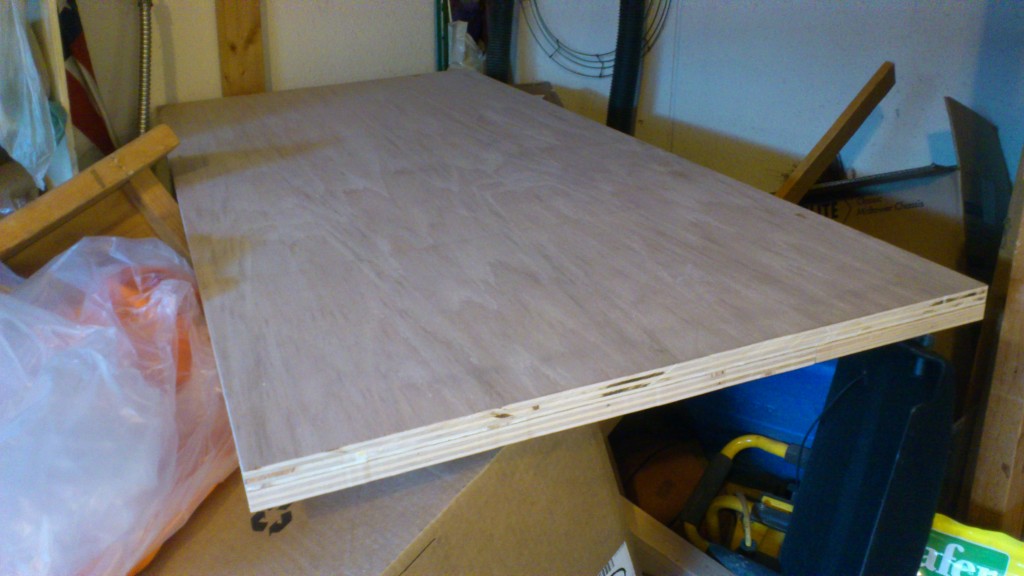
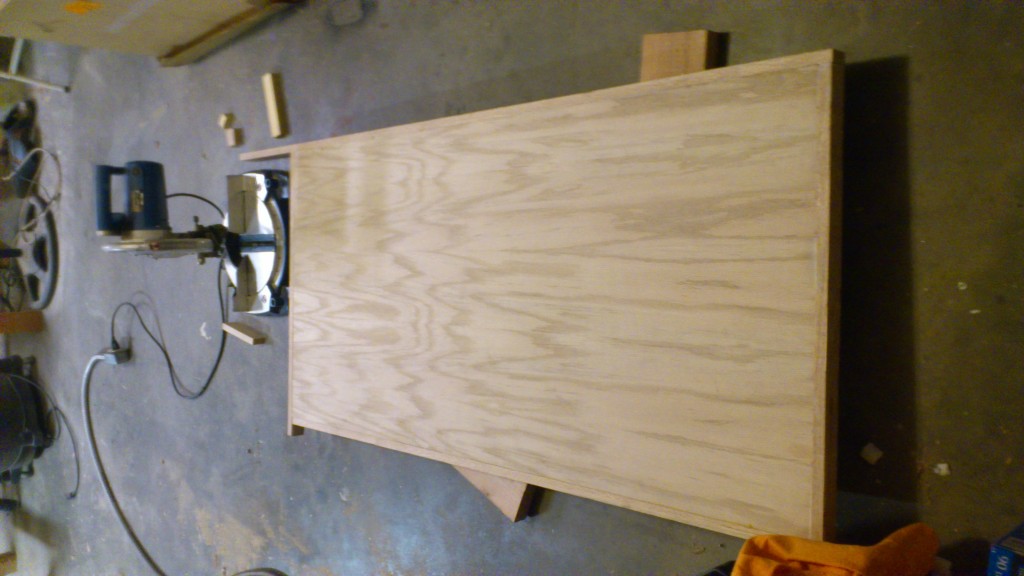
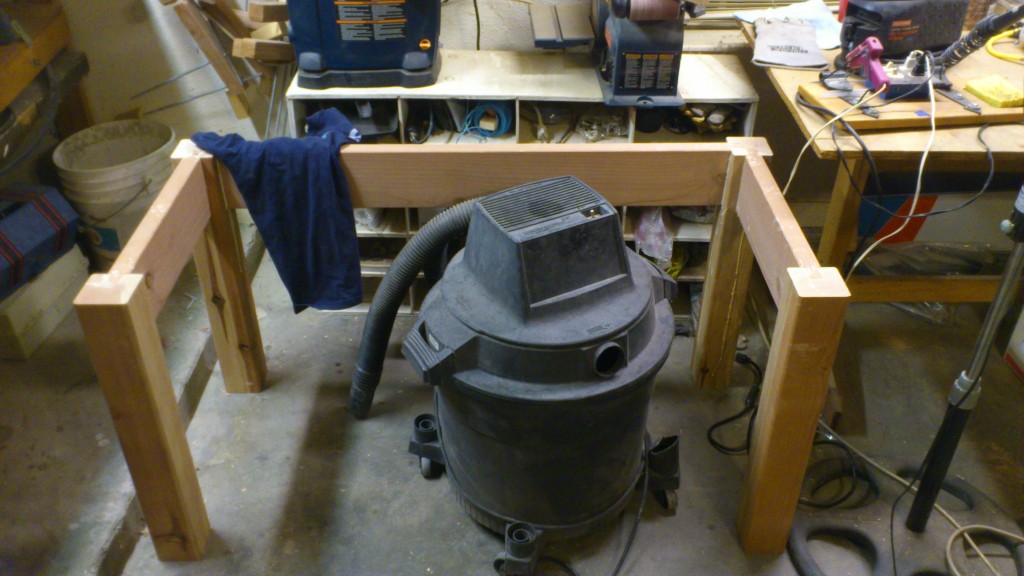

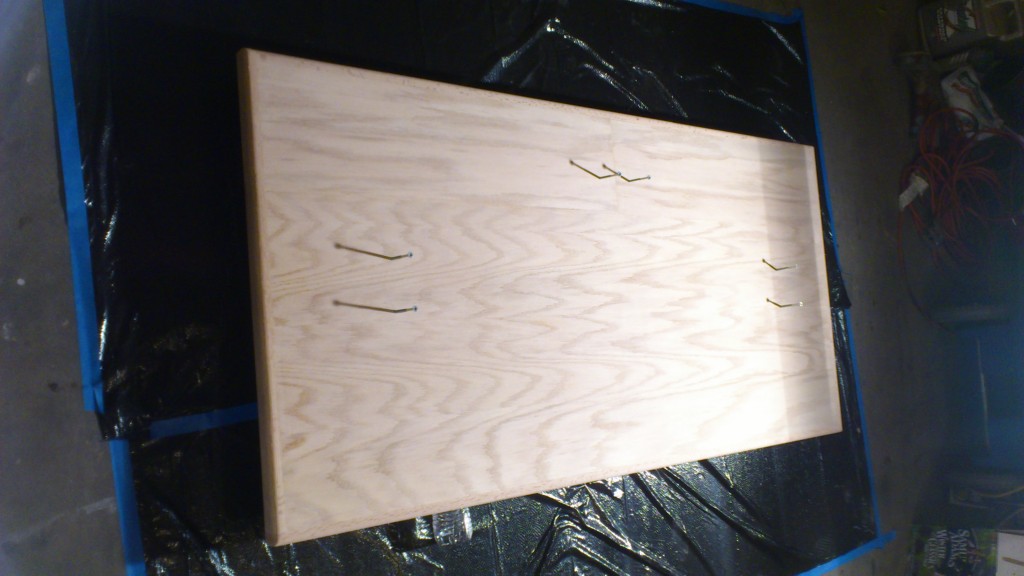

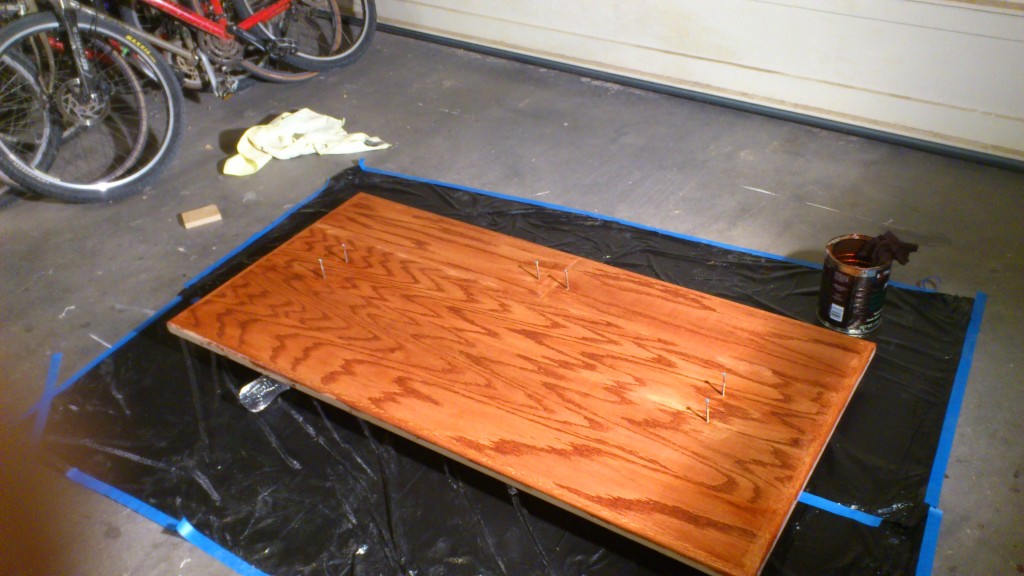

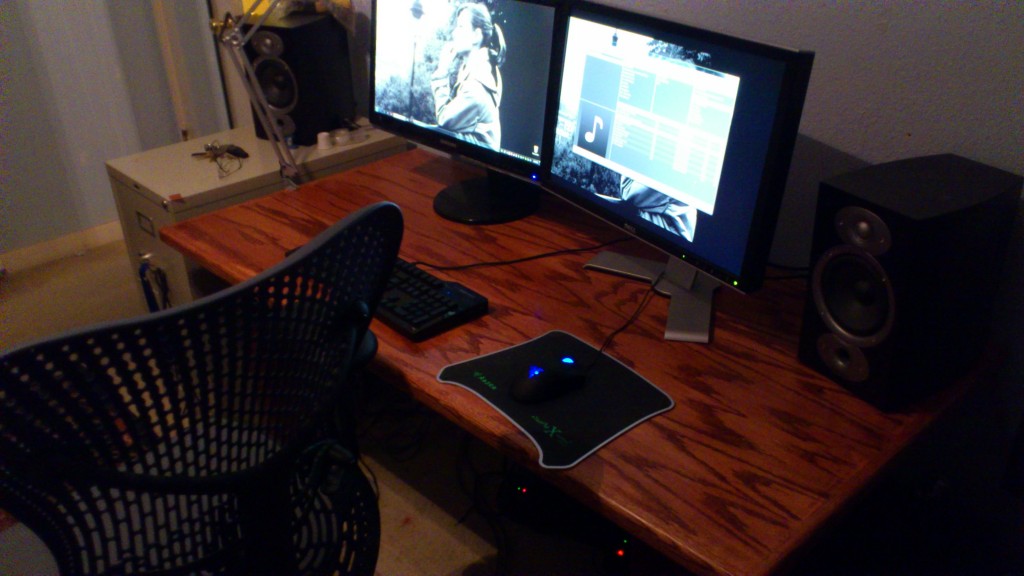



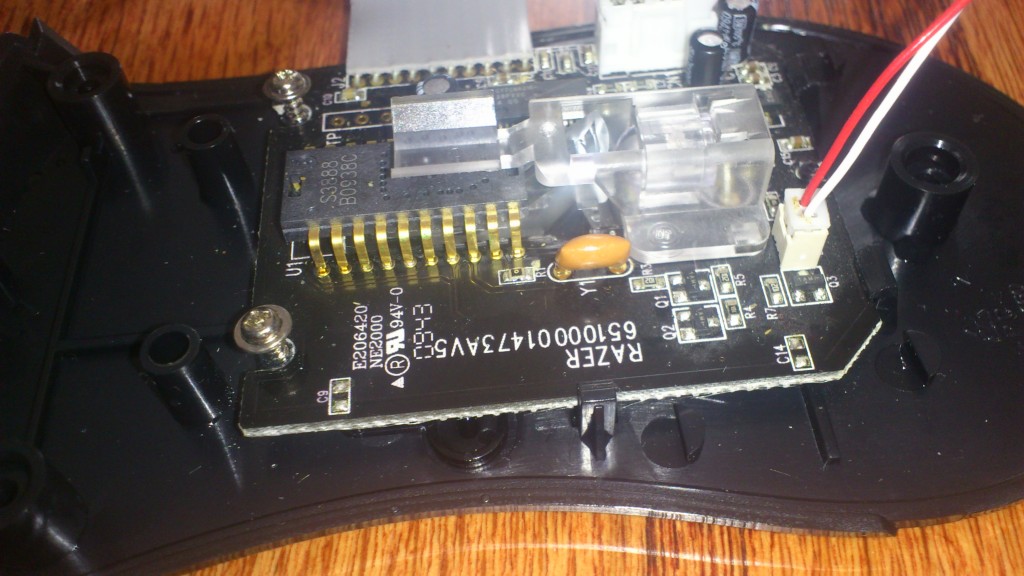
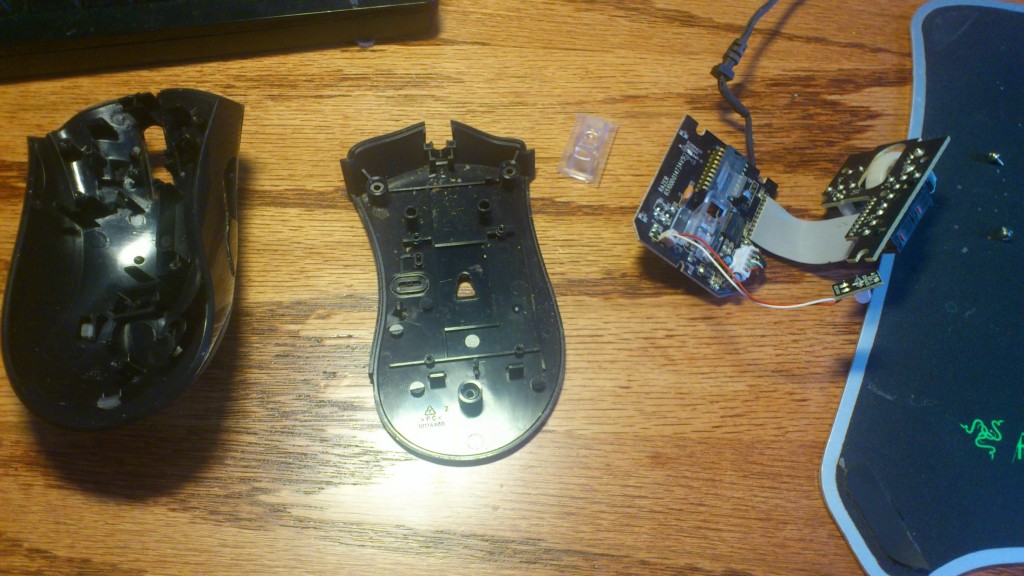
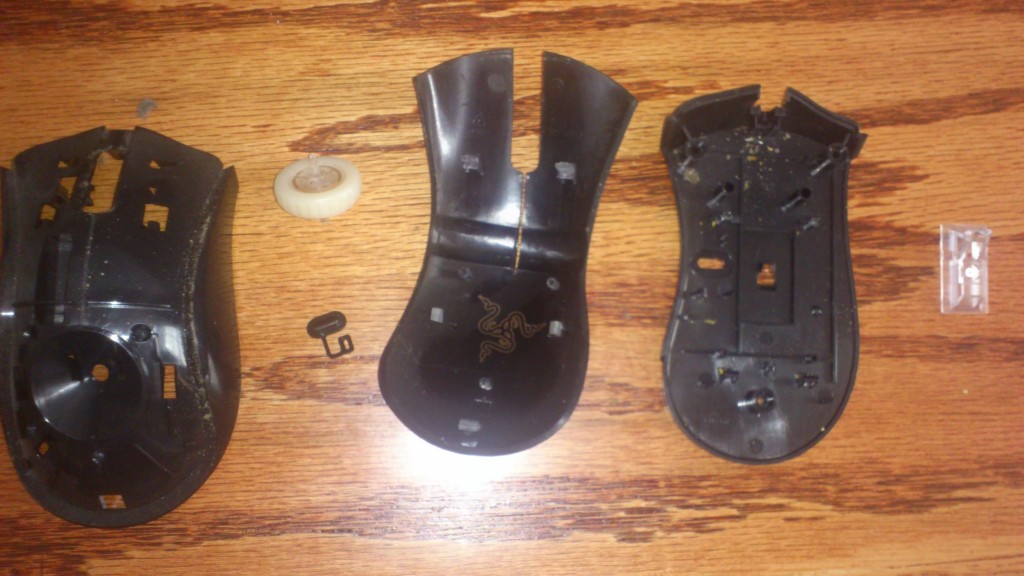


 ; it should produce
; it should produce  .
. instead, we should add an additional parameter and condition, to obtain below.
instead, we should add an additional parameter and condition, to obtain below. after a call to reverse with
after a call to reverse with  on the first node (0), the list will be
on the first node (0), the list will be  , and the call returns a pointer to ‘1’. Now we see that the trick we need to overcome is losing our place in the list as we do the block-wise reversal. I did this by keeping track of basically three positions : the first element of the block you are going to reverse, the last element of this block (which is returned by the call to reverse) and the first element of the next block to be reversed.
, and the call returns a pointer to ‘1’. Now we see that the trick we need to overcome is losing our place in the list as we do the block-wise reversal. I did this by keeping track of basically three positions : the first element of the block you are going to reverse, the last element of this block (which is returned by the call to reverse) and the first element of the next block to be reversed. in both time and complexity. One other consideration is what will happen if the length of the list is not divisible by
in both time and complexity. One other consideration is what will happen if the length of the list is not divisible by